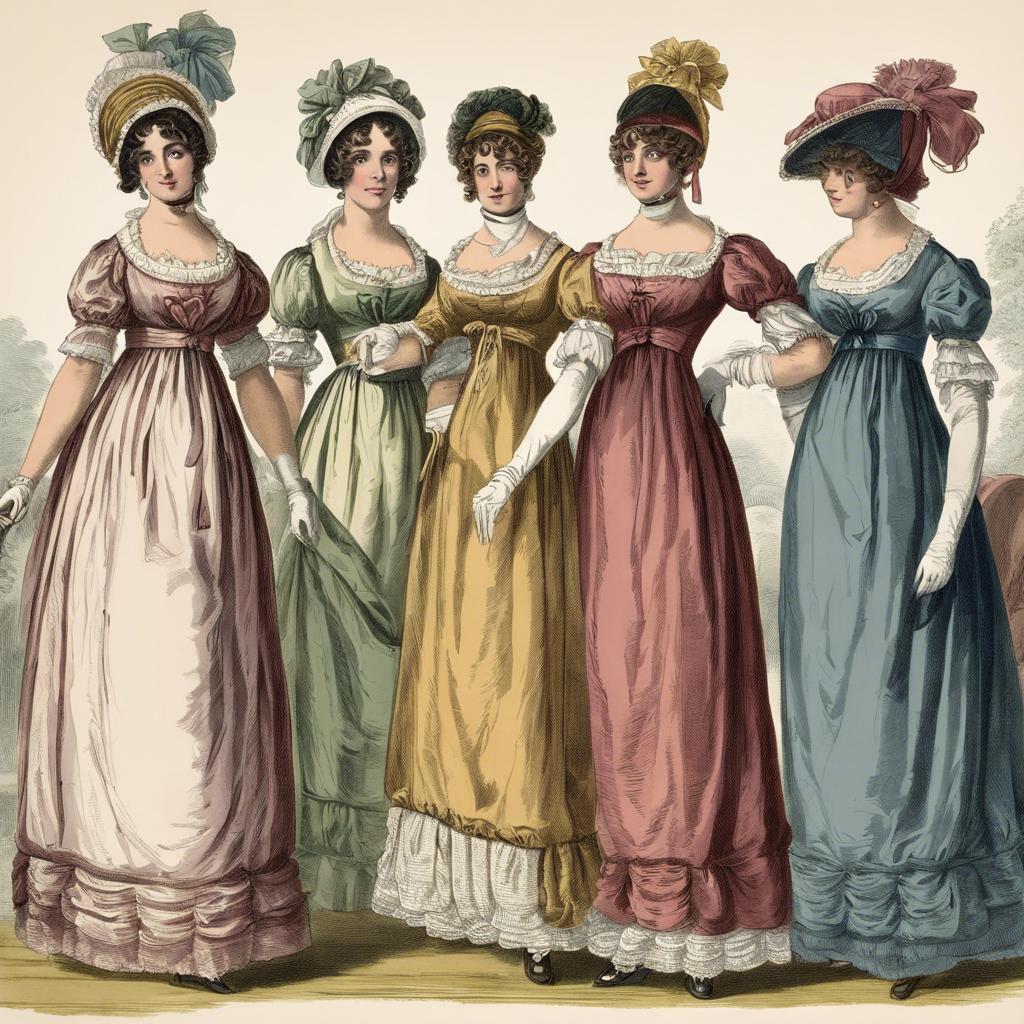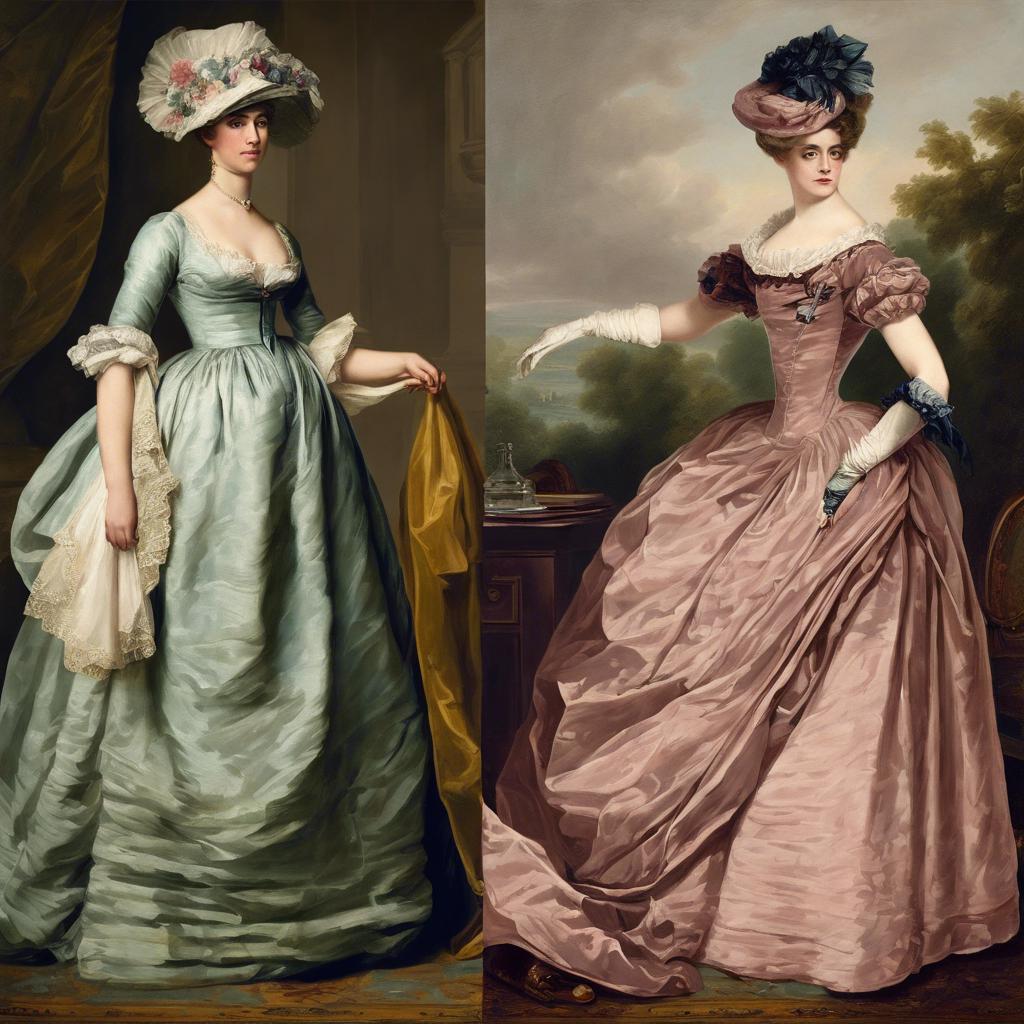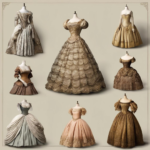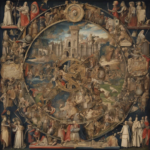The Regency Era of the early 19th century in England was a time of significant political and social change, as well as a revolution in fashion. Regency era fashion encapsulates the sartorial elegance and refinement of the time, characterized by its distinctive silhouettes and luxurious fabrics. In this article, we will delve into the exquisite world of Regency era fashion, exploring the key elements that defined this era’s style and the societal influences that shaped it.
Step Into the World of Cheryl Bolen
Dive into the enchanting stories of love, intrigue, and elegance set in the Regency Era. Cheryl Bolen's novels offer timeless romance and captivating tales that will leave you wanting more.
Explore Cheryl Bolen's Books Now
Introduction to Regency Era Fashion
The Regency Era, spanning from 1811 to 1820, was a period of elegance, refinement, and sophistication in fashion. It was a time when clothing became more streamlined and less ostentatious compared to the preceding Georgian era. Regency fashion was heavily influenced by the style of clothing worn in ancient Greece and Rome, with a focus on drapery, light fabrics, and high waists.
One of the most iconic features of Regency fashion is the high-waisted silhouette for both men and women. Women’s dresses featured empire waistlines, which accentuated the natural waist and created a long, flowing silhouette. Men’s coats were also tailored to have a high waistline, giving them a more slender and elongated appearance.
Other notable aspects of Regency fashion include delicate fabrics such as muslin, silk, and fine wool, as well as simple and elegant accessories like shawls, gloves, and reticules. The colors of choice during this era were pastel shades like pale pink, lavender, and sky blue, reflecting the soft and romantic aesthetic that defined Regency style.
Elegant Silhouettes and Fabrics of Regency Fashion
The Regency era, spanning from 1811 to 1820, was a time of elegance and refinement in fashion. The silhouettes of this period were characterized by high waists, flowing skirts, and delicate embellishments. Women’s dresses were made of light and airy fabrics such as muslin, silk, and lace, giving them a graceful and ethereal quality.
One iconic feature of Regency fashion is the empire waistline, which became popular thanks to the influence of Empress Josephine of France. This style emphasized the natural waistline just below the bust, creating a flattering and elongated silhouette. Paired with the use of soft, pastel colors and intricate embroidery, Regency dresses exuded sophistication and femininity.
Men’s fashion during the Regency era was also marked by sleek lines and luxurious fabrics. Tailcoats and waistcoats were the norm, often made of fine wool or silk. Accessories such as top hats and cravats were essential for completing the dapper look. Regency fashion reflected the refined taste and social status of the era’s elite, showcasing a blend of classical aesthetics and contemporary elegance.
Accessories and Hairstyles of the Regency Era
In the Regency Era, fashion was characterized by elegance and sophistication, reflected in both the accessories and hairstyles of the time. Women adorned themselves with an array of accessories to complement their outfits, such as intricate silk gloves, delicate lace shawls, and dainty parasols. These accessories were not only fashionable but also served practical purposes, helping to protect the skin from the harsh rays of the sun or adding an extra layer of warmth on chilly days.
Hairstyles during the Regency Era were often inspired by the classical designs of ancient Greece and Rome, featuring soft curls, intricate braids, and delicate updos. Women would style their hair using a variety of accessories, such as jeweled hair combs, silk ribbons, and elaborate headpieces. Hair was typically worn in loose, flowing styles, with curls framing the face and cascading down the back in a romantic fashion. The overall look was ethereal and graceful, reflecting the ideals of beauty and femininity of the time.
Men in the Regency Era also embraced fashion trends, accessorizing their outfits with items such as silk cravats, pocket watches, and top hats. Hairstyles for men were typically short and tidy, with sideburns being a popular choice among gentlemen of the time. The overall aesthetic for men was one of refinement and elegance, with attention to detail in both attire and grooming. Together, the created a distinct and timeless fashion that continues to inspire designers and fashion enthusiasts today.
Tips for Incorporating Regency Style into Modern Wardrobe
The Regency era, lasting from 1811 to 1820, was a period defined by elegance and sophistication in fashion. Regency style was characterized by flowing fabrics, high waistlines, empire silhouettes, and intricate embellishments. Women’s fashion featured empire waist dresses, delicate fabrics like muslin and silk, and accessories such as gloves, hats, and shawls.
Incorporating Regency style into a modern wardrobe can be done with a few key pieces and styling techniques. To achieve the Regency look, opt for empire waist dresses or tops that cinch at the narrowest part of the waist and flow freely over the hips. Choose fabrics like chiffon, silk, or satin for a luxurious feel, and look for delicate lace or embroidery for added elegance.
Accessories play a crucial role in completing the Regency style. Consider adding a wide brim hat, gloves, and a shawl to your outfit for a touch of authenticity. For footwear, opt for dainty slippers or low-heeled shoes to maintain the overall gracefulness of the look. By incorporating these elements into your modern wardrobe, you can capture the essence of Regency fashion while staying fashionable and chic.
Wrapping Up
the Regency era was a time of elegance, refinement, and innovation in fashion. From high-waisted empire silhouettes to delicate muslin fabrics, Regency era fashion epitomized the romanticism and sophistication of the period. As we explore the intricate details and intricate designs of this era, we gain a deeper appreciation for the lasting impact it has had on the world of fashion. The Regency era may have come to an end, but its influence continues to be felt in the way we dress and adorn ourselves today.


